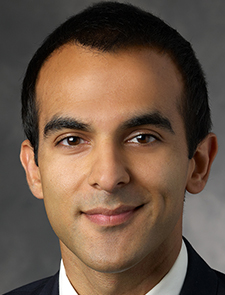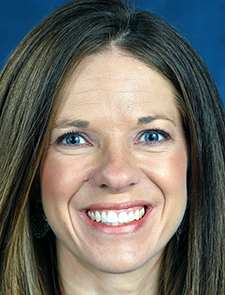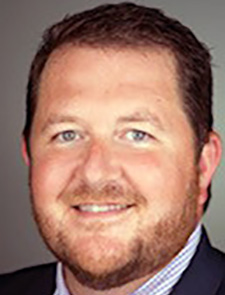 When SHM pivoted from a committee structure to its cadre of Special Interest Groups (SIGs), advocates for pediatric hospitalists grew up.
When SHM pivoted from a committee structure to its cadre of Special Interest Groups (SIGs), advocates for pediatric hospitalists grew up.

Dr. Singh
“We were this small fish in a big pond,” said SIG chair Amit Singh, MD, a pediatric hospitalist at Lucile Packard Children’s Hospital Stanford in Palo Alto, Calif. “That transitioned to this SIG, and we thought that might dampen the membership, but we used it as an opportunity to be more inclusive.”
SHM has more than 25 SIGs that are sponsored by SHM to “create communities of hospitalists around topics of interest, practice areas, and/or care models.”
The pediatric community might be the one that pulls the most heartstrings, given its patient population. The group, launched in earnest in its current form in 2018, has some 362 members nationwide.

Dr. Edgar-Zarate
Outgoing SIG chair Courtney Edgar-Zarate, MD, a medical/pediatric hospitalist in Lexington, Ky., says one of the unique things about pediatric hospital medicine practitioners is that they cross multiple lines within hospital walls. Some are dedicated staffers; others take care of that census along with their adult patients.

Dr. Schwenk
“We’re pediatric hospitalists, but we’re also part of a large community with the adult hospitalists, the community hospitalists, those who serve areas of the hospital in different roles,” said SIG vice chair Klint Schwenk, MD, medical director of inpatient services at Norton Children’s Hospital in Louisville, Ky. “And even though we see different patient populations and different patients, we still have a common community.”
Dr. Singh says that’s even more important in areas where there are fewer pediatric hospitals. Take medication dosages, as input into electronic health records. Children’s medication is weight-based, but adults’ isn’t always.
“The majority of children who are hospitalized or are taken care of in an inpatient setting are actually not in pediatric-specific emergency departments or children’s hospitals,” he adds. “So, there are a ton of our colleagues who work in the community, in adult hospital settings, who are responsible for taking care of children, and we’re the only advocates for those children. So, it behooves us to partner with our adult colleagues, who are in leadership positions, who are in administrative positions, or in quality, pharmacy, or IT, to make sure those systems are working and functioning for our pediatric patients.”
Working together with pediatric specialists and others has only proven more important during the tumult of the past few years.
“All of us in hospital medicine have had a lot of challenges, whether it’s COVID-19, mental health, or various financial crises,” Dr. Schwenk said. “We learn a lot from our adult colleagues, and I think we have a lot to offer them, as well, from our perspective in pediatrics. Within SHM, I think it’s nice that, even though we have differences, we have a lot of common threads we can learn from each other.”
One of the go-forward focuses for the SIG is broadening its membership.
Last year, it recruited two pediatric hospital medicine fellows and continues to recruit this year.
Dr. Edgar-Zarate said that with the relatively new advent of a pediatric hospital medicine board certification, it’s important “we included them and their opinions, their experiences, and try to get them involved.”
“We also want to make sure we don’t forget about our learners,” she said. “What are they talking about? What are they wanting to learn about? Even when thinking about our annual meeting committee and things like that. We absolutely adored our fellows this past year. They were fabulous and have joined our executive council as members now. We’re really excited to continue to work with them from this past year.”
Another big push for the upcoming year is inclusion.
“We’re working hard to promote the diversity of our group,” Dr. Singh said. “Both the diversity of where people practice, as well as diversity in who they are. …we’re really committed to that, we really celebrate that, and we really want to make sure our division, our group of people, kind of feel like they’re more than just their name and their title. “
To that end, Dr. Edgar-Zarate is particularly proud of the SIG’s diversity, equity, and inclusion subcommittee that launched in the past year.
And why not?
It’s all part of the community of pediatric practitioners that, given the SIG to mature, has done just that.
“I think that growth has emboldened us to say, ‘Why don’t we do this? Why don’t we do that?’” Dr. Edgar-Zarate said. “And now that we have so much pediatric leadership support, I think that’s also kind of helped us reach out and do more. We definitely have a whole lot more pediatric representation in the Journal of Hospital Medicine, as well as in The Hospitalist itself. We have grown; we have definitely gotten more traction in that way.”
Richard Quinn is a freelance writer in New Jersey.